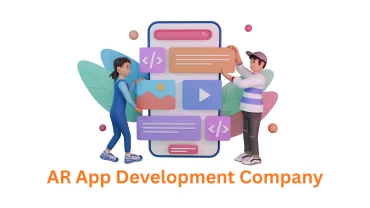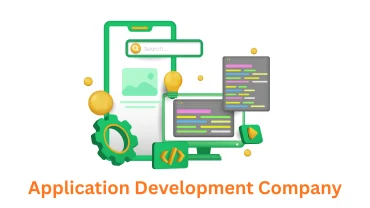Java’s popularity in cloud development remains strong due to its portability, scalability, and massive ecosystem of libraries and frameworks. To stay ahead in 2024, Java developers need to be aware of the latest trends and tools that are shaping the landscape. Let’s dive into the technologies that are transforming Java cloud development.
1. Cloud Platforms: Building on the Giants
- Amazon Web Services (AWS): AWS continues to dominate the cloud market, offering a wealth of Java-compatible services like Elastic Beanstalk, Lambda, and EC2.
- Microsoft Azure: Azure’s robust Java support, including Spring Cloud integration and Azure Functions, makes it a strong contender.
- Google Cloud Platform (GCP): GCP is known for its data analytics capabilities and offers excellent Java support through App Engine and Cloud Functions.
- Oracle Cloud Infrastructure (OCI): Built for Java, OCI provides a native environment with optimized performance for Java applications.
2. Microservices Frameworks: Lightweight & Agile
- Spring Boot: The undisputed champion for building Java microservices, Spring Boot streamlines development and deployment.
- Micronaut: Gaining traction for its lightning-fast startup times and low memory footprint, perfect for cloud-native applications.
- Quarkus: Another emerging framework designed for Kubernetes and serverless environments, focusing on developer productivity.
3. Serverless Computing: Scaling Effortlessly
- AWS Lambda: Allows you to run Java code without managing servers, paying only for the compute time you consume.
- Azure Functions: Microsoft’s serverless offering provides a similar pay-per-use model and seamless integration with other Azure services.
- Google Cloud Functions: GCP’s serverless platform is known for its powerful event-driven capabilities.
4. Containerization: Packaging for Portability
- Docker: The de facto standard for containerizing applications, Docker simplifies deployment and ensures consistency across environments.
- Kubernetes: A powerful orchestration platform for managing containerized applications at scale.
5. Observability and Monitoring Tools: Gaining Insights
- Prometheus: A leading open-source monitoring and alerting toolkit, excellent for tracking Java application performance.
- Grafana: A popular visualization tool used in conjunction with Prometheus to create insightful dashboards.
- New Relic: A comprehensive observability platform providing detailed insights into Java applications’ performance and behavior.
6. Development Tools & Extensions
- IntelliJ IDEA: The most popular IDE for Java development, offering intelligent code completion, debugging, and refactoring.
- Visual Studio Code: A lightweight and versatile code editor with excellent Java support through extensions.
- Spring Tools Suite: A specialized IDE for Spring development, simplifying the creation of Spring-based applications.
The Future of Java Cloud Development
The future looks bright for Java in the cloud:
- GraalVM: A high-performance runtime that can compile Java applications into native executables, promising faster startup times and reduced memory usage.
- Project Loom: This experimental project aims to revolutionize Java concurrency with virtual threads, potentially improving scalability and performance.
Partnering with Experts
Navigating the constantly evolving landscape of Java cloud development can be daunting. If you’re looking for guidance, consider partnering with a company like Associative. Our expertise in Java cloud development can help you leverage these technologies to build robust, scalable, and future-proof applications.
We specialize in:
- Website Development
- E-commerce Development
- Search Engine Optimization (SEO)
- Digital Marketing
- Android and iOS App Development
- Blockchain Development
- Cryptocurrency Wallet Development
- Software Development
- Web3 Development
- Game Development
- App Development
- Ecommerce Website Design
- iOS App Development
- magento Development
- Mobile App Development
Let us help you unlock the full potential of Java in the cloud.
To learn more, consider reading other articles, blogs, and stories in this area.
Top Tier Java Cloud Development
Java Cloud Development Services
Java Cloud Projects: Top Tools, Platforms, and Services for Seamless Development
Java Cloud Development: Powering Your Applications in the Modern Era
Your Path to Java Cloud Development: Skills, Training, and Career Opportunities



Comment (0)